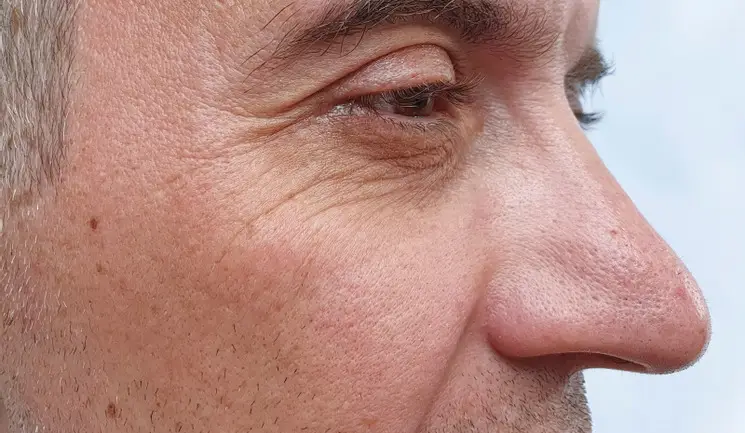Dr Sheila Nguyen discusses using radiofrequency to enhance and rejuvenate the eye area and presents a successful case study of a male patient
To access this post, you must purchase Aesthetics Journal Membership – Annual Elite Membership, Aesthetics Journal Membership – Annual Enhanced Membership or Aesthetics Journal Membership – Basic Membership.






